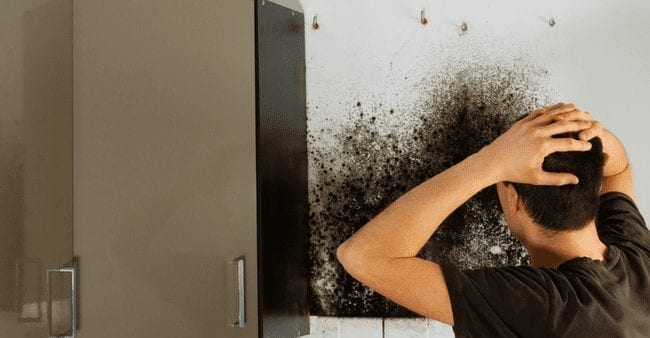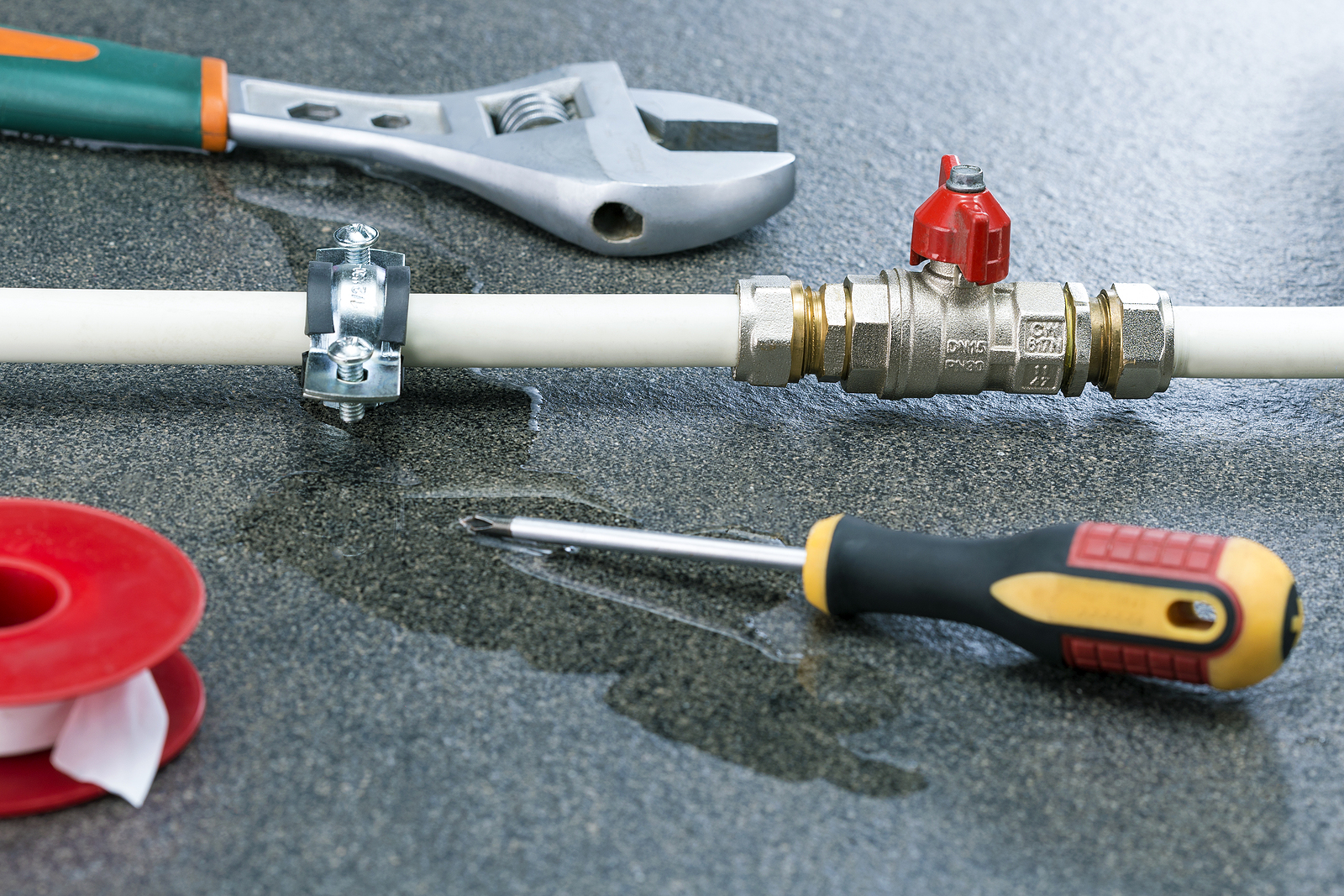How to Check If Your Home Has a Concealed Leakage
How to Check If Your Home Has a Concealed Leakage
Blog Article
Do you find yourself trying to find information and facts about Locating water leaks?

Early detection of dripping water lines can minimize a potential calamity. Apart from saving you money, it will lessen the worry as well as stress. The minute you find a leakage, calling your plumber for repairs is the most effective option. Nonetheless, some little water leakages may not show up. If you can not find it with your nude eyes, here are some hacks that aid.
1. Examine the Water Meter
Every house has a water meter. Inspecting it is a guaranteed way that assists you discover leakages. For beginners, turn off all the water sources. Make sure nobody will flush, utilize the tap, shower, run the cleaning machine or dishwashing machine. From there, go to the meter and watch if it will transform. Considering that no one is utilizing it, there ought to be no movements. That shows a fast-moving leakage if it relocates. Furthermore, if you detect no changes, wait an hour or more and also inspect back once again. This means you may have a slow-moving leak that can even be underground.
2. Inspect Water Intake
Examine your water costs and also track your water usage. As the one paying it, you should see if there are any kind of discrepancies. If you detect sudden changes, despite your intake coinciding, it indicates that you have leaks in your plumbing system. Keep in mind, your water costs should fall under the same array on a monthly basis. An unexpected spike in your bill suggests a fast-moving leak.
A constant rise every month, even with the exact same practices, shows you have a slow-moving leakage that's additionally gradually intensifying. Call a plumber to thoroughly check your residential or commercial property, particularly if you feel a warm area on your flooring with piping beneath.
3. Do a Food Coloring Test
When it concerns water intake, 30% comes from toilets. Examination to see if they are running effectively. Decrease specks of food shade in the container and wait 10 mins. There's a leak between the storage tank as well as bowl if the color somehow infiltrates your dish throughout that time without flushing.
4. Asses Exterior Lines
Do not fail to remember to examine your outside water lines too. Examination faucets by attaching a garden pipe. Should water seep out of the connection, you have a loosened rubber gasket. Change this and ensure all links are limited. It will certainly help obtain it professionally took a look at as well as preserved each year if you have actually obtained a lawn sprinkler system. One little leakage can lose lots of water as well as surge your water bill.
5. Analyze the scenario as well as inspect
House owners should make it a practice to inspect under the sink counters and also inside cabinets for any type of bad odor or mold and mildew development. These two red flags suggest a leakage so timely attention is required. Doing regular examinations, also bi-annually, can conserve you from a major issue.
Check for discolorations as well as compromising as a lot of pipes and also home appliances have a life span. If you believe dripping water lines in your plumbing system, don't wait for it to rise.
Early detection of dripping water lines can minimize a prospective disaster. Some tiny water leaks may not be noticeable. Checking it is a surefire method that assists you find leakages. One little leakage can squander bunches of water and increase your water bill.
If you presume dripping water lines in your plumbing system, don't wait for it to intensify.
WARNING SIGNS OF WATER LEAKAGE BEHIND THE WALL
PERSISTENT MUSTY ODORS
As water slowly drips from a leaky pipe inside the wall, flooring and sheetrock stay damp and develop an odor similar to wet cardboard. It generates a musty smell that can help you find hidden leaks.
MOLD IN UNUSUAL AREAS
Mold usually grows in wet areas like kitchens, baths and laundry rooms. If you spot the stuff on walls or baseboards in other rooms of the house, it’s a good indicator of undetected water leaks.
STAINS THAT GROW
When mold thrives around a leaky pipe, it sometimes takes hold on the inside surface of the affected wall. A growing stain on otherwise clean sheetrock is often your sign of a hidden plumbing problem.
PEELING OR BUBBLING WALLPAPER / PAINT
This clue is easy to miss in rooms that don’t get much use. When you see wallpaper separating along seams or paint bubbling or flaking off the wall, blame sheetrock that stays wet because of an undetected leak.
BUCKLED CEILINGS AND STAINED FLOORS
If ceilings or floors in bathrooms, kitchens or laundry areas develop structural problems, don’t rule out constant damp inside the walls. Wet sheetrock can affect adjacent framing, flooring and ceilings.
https://www.servicemasterbyzaba.com/blog/how-to-detect-water-leakage-in-walls/

Do you really like more info about Locating water leaks? Create feedback directly below. We will be interested to listen to your opinion about this posting. Hoping that you visit us again later on. Sharing is caring. Helping others is fun. Thank you so much for taking the time to read it.
Report this page